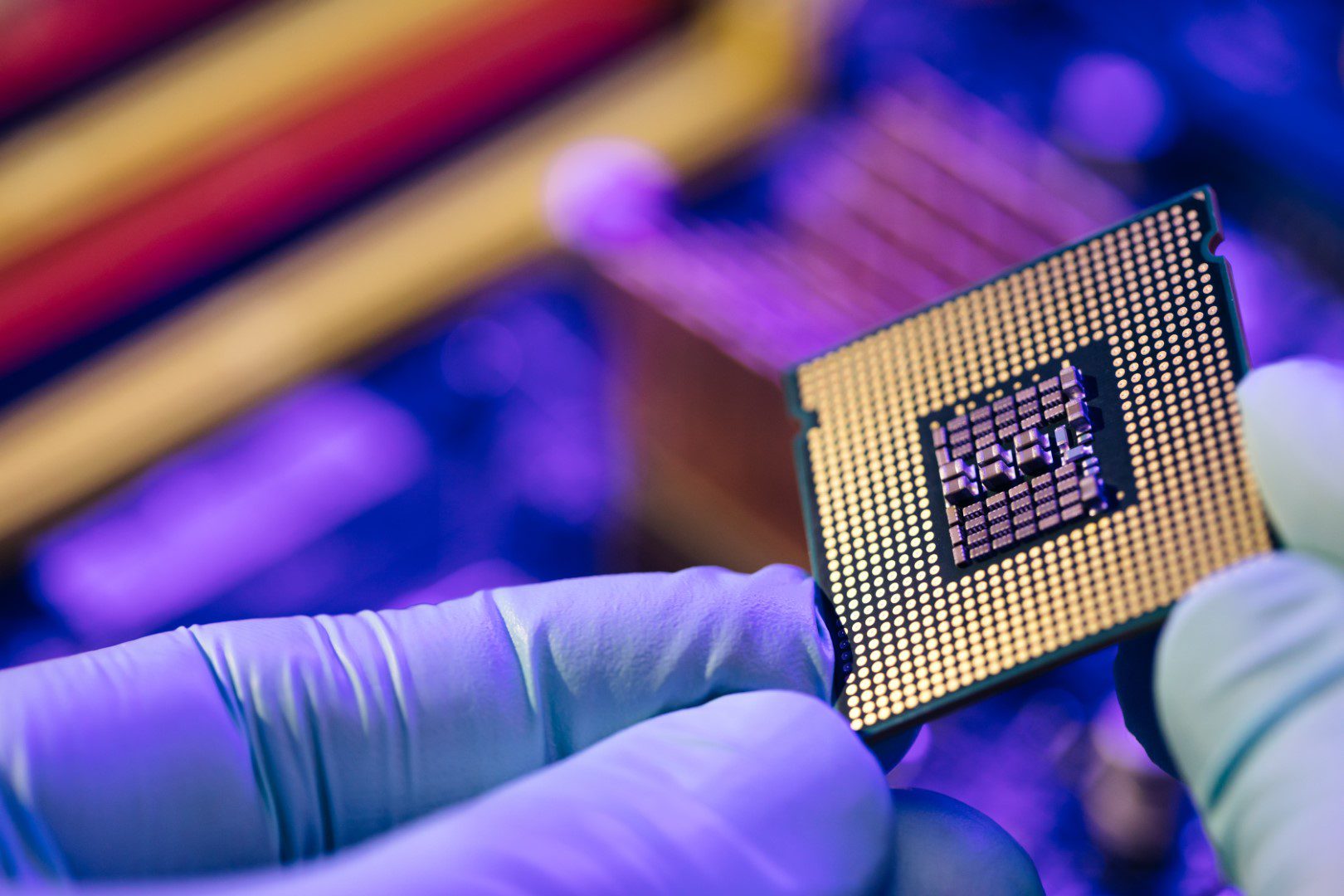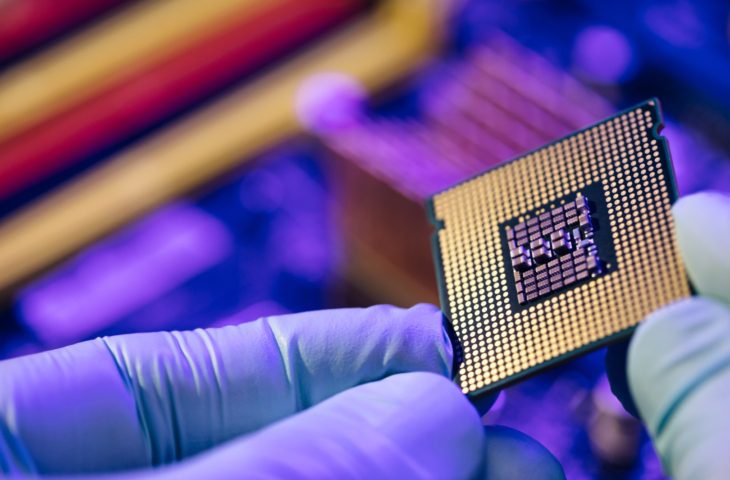The German Ministry of Economic Affairs wants to release two billion euros for chip subsidies.
The federal government wants to support chip companies in “building modern production capacities that go well beyond the current state of the art,” said Annika Einhorn, spokeswoman for the Federal Ministry of Economics, in a statement. A budget of around two billion euros is available for this. The exact amount is not yet known, but the ministry said it was in the low single-digit billions of euros, sources told Bloomberg.
Last month, chipmakers were given the opportunity to apply for funding by the German economics minister. Whether these companies actually receive the subsidies will depend on the new federal government and its budget plans.
Subsidies
Europe has been trying for some time to reduce its strategic dependence on the Far East for microchips. The global chip shortage a few years ago is partly responsible for this. The EU has already attracted large chip specialists such as Intel to Europe and especially to Germany. Intel received a subsidy of almost ten billion euros from Germany to build a factory in Magdeburg. In total, this project would cost no less than 30 billion euros. However, today construction was postponed by Intel.
The federal government now wants to encourage other chip companies to strengthen the chip industry in the country. At the beginning of November, the German Economics Minister gave chip companies the opportunity to apply for new funding. However, there is still great uncertainty. In February, the new German government will plan its own budget, throwing uncertainty for chipmakers currently applying for subsidies.
Chips law
The Chips Act was created to reduce Europe’s dependence on the USA and Asia for production. This great dependency became clear a few years ago during the great chip shortage. Europe now wants to move away from this with the chips law, which will be officially passed in 2023. The Chips Act is intended to more than double Europe’s share of global chip production to twenty percent by 2030.























